 On this last day of Black History Month, let’s reflect on the history of black Canadians and the particularly difficult early years when slavery was the norm. It is important to remember that African slaves were introduced into what was then “British North America” in the latter part of the 1600s. They were violently stolen from their homes in Africa and forced into lives of servitude very far away.
On this last day of Black History Month, let’s reflect on the history of black Canadians and the particularly difficult early years when slavery was the norm. It is important to remember that African slaves were introduced into what was then “British North America” in the latter part of the 1600s. They were violently stolen from their homes in Africa and forced into lives of servitude very far away.
As you know, slaves possessed no rights and were coerced into forced labour, which actually brought economic benefit to this country and even more so to the US where the number of slaves was much larger.
Slavery ended in Canada in 1834 but lasted until 1865 in the US, after the American Civil War. That 30-year period is when the “Underground Railway” of slaves seeking freedom in Canada became so famous. In total, slavery in the US had a significant 250-year legacy, with about four million slaves in the US when they were emancipated in 1865 (about 13% of the total population.)
Despite their emancipation, African Americans were not immediately offered the same freedoms and privileges as white Americans. Open segregation endured in the American south well into the 1960s during the era of Dr. Martin Luther King Jr. and the civil rights movement.
Today, many writers, activists and commentators – both black and white – point to many inequities that persist today between the African American population and the white majority. Perhaps one of the great indicators of the long-term impact and challenging legacy of slavery and inequity in America today is the large-scale and disproportionate imprisonment of African Americans, especially males.
A few years ago, I gained a better appreciation of this topic by listening to a passionate presentation by African-American lawyer, writer, and social activist, Bryan Stevenson. Some have compared Stevenson to a modern Martin Luther King, and others have called him America’s Mandela. After that speech, I bought his insightful book Just Mercy.
Mr. Stevenson works closely with men in prison, including men on death row. He emphasizes that one of the great divisive issues in the US today is the disproportionate number of African American males in prison. Approximately 2.3 million prisoners, or 40% of all American inmates, are African American, while the black population only represents 13% of the total population. This incarceration rate is five times the rate of white Americans.
To put this in perspective, there are more African- American men imprisoned in the US today than the total prison populations of Canada, India, Argentina, Lebanon, Japan, Germany, Finland, Israel and England combined (Antonio Moore, Huffington Post).
In Canada, we have a total of 40,000 people in our prisons, compared to America’s prison population of close to six million people – about 150 times as many.
Yet, even here in Canada, while our black population represents approximately 3% of the total population, 10% of the total prison population is black, and that rate is growing quickly.
Bryan Stevenson is in his mid 50s and attended an all-black high school in Alabama. Restrictions on African Americans were such that even his father was not allowed to attend high school. Stevenson was a very good student, the first in his family to graduate from high school, and he earned a full scholarship to university in Philadelphia, followed by Harvard Law School and the Kennedy School of Government.
But despite being at outstanding universities, he says there was little meaningful discussion about inequity, its causes and possible solutions. While most of his Harvard classmates went to work on Wall Street or in fancy law firms, he was drawn to helping condemned men receive proper care and support. He realized that greater social justice had to be supported by action, compassion and empathy.
Stevenson has actively challenged an entrenched bias against the poor and ethnic minorities in the criminal justice system, especially children. He reminds us that some 10,000 black teenagers under the age of 18 are currently in adult prisons in the US – something he sees as intolerable. Stevenson has helped achieve court decisions that prohibit sentencing children under 18 to death, or to life imprisonment without parole. He has assisted in cases that have saved dozens of prisoners from the death penalty, advocated for poor people, and developed community-based reform litigation aimed at improving the administration of criminal justice.
He is also working to establish The Memorial to Peace and Justice in Montgomery Alabama, which will document each of the nearly 4,000 lynchings of black people that took place in the 12 states of the South from 1877 to 1950.
Here is an extract from his book:
“I’ve come to believe that the true measure of our commitment to justice, the character of our society, our commitment to the rule of law, fairness, and equality cannot be measured by how we treat the rich, the powerful, the privileged, and the respected among us. The true measure of our character is how we treat the poor, the disfavoured, the accused, the incarcerated, and the condemned. We are all implicated when we allow other people to be mistreated… But simply punishing the broken – walking away from them or hiding them from sight – only ensures that they remain broken and we do, too. There is no wholeness outside of our reciprocal humanity.”
Stevenson invites us all to go to what he calls “places of despair” to create change and to build hope, because agents of hope are key to moving all societies forward. He reminds us that in the US and Canada, we can and must do better. In the spirit of peace, equity and social justice, I think we should all consider how to honour all those who have suffered from the abuse of injustice and racism. Where possible, we should take action. – Christopher Shannon, Headmaster
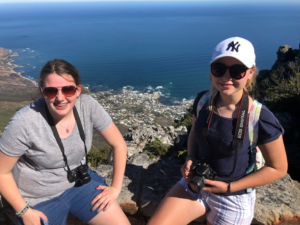 Life has been incredibly busy since I wrote my last blog. My host family took me on an adventure around South Africa during our three-week school break. The first leg of our journey started with a flight to Cape Town where I had the chance to go to many beaches, view the city from the mountain, visit an ostrich farm and travel to Cape Point.
Life has been incredibly busy since I wrote my last blog. My host family took me on an adventure around South Africa during our three-week school break. The first leg of our journey started with a flight to Cape Town where I had the chance to go to many beaches, view the city from the mountain, visit an ostrich farm and travel to Cape Point.
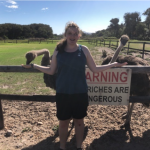
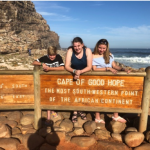
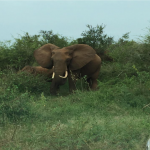
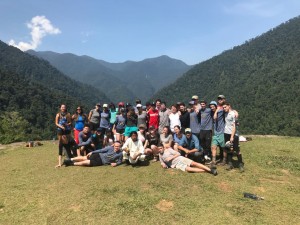 This March break, I, along with 31 of my peers, went on the Duke of Ed gold trip to Colombia where we built a house and went on a five-day hike to the lost city.
This March break, I, along with 31 of my peers, went on the Duke of Ed gold trip to Colombia where we built a house and went on a five-day hike to the lost city.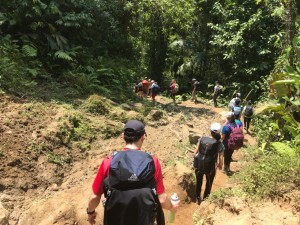 On March 5, 2018, I, along with 31 other students, left Bogotá in search of the Ciudad Perdida. We embarked on a journey that would eventually put our physical and psychological limitations to the test, and allow us to look at ourselves and others in a different light.
On March 5, 2018, I, along with 31 other students, left Bogotá in search of the Ciudad Perdida. We embarked on a journey that would eventually put our physical and psychological limitations to the test, and allow us to look at ourselves and others in a different light.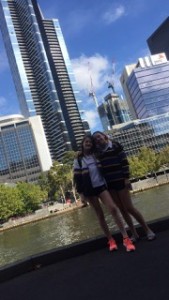 Since arriving in Melbourne, Australia, two weeks ago, my experience has been really eye-opening.
Since arriving in Melbourne, Australia, two weeks ago, my experience has been really eye-opening.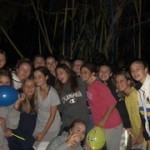

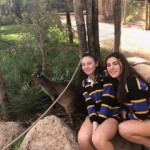
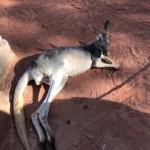
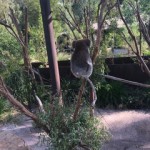
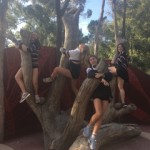
 On this last day of Black History Month, let’s reflect on the history of black Canadians and the particularly difficult early years when slavery was the norm. It is important to remember that African slaves were introduced into what was then “British North America” in the latter part of the 1600s. They were violently stolen from their homes in Africa and forced into lives of servitude very far away.
On this last day of Black History Month, let’s reflect on the history of black Canadians and the particularly difficult early years when slavery was the norm. It is important to remember that African slaves were introduced into what was then “British North America” in the latter part of the 1600s. They were violently stolen from their homes in Africa and forced into lives of servitude very far away.